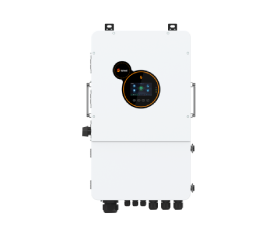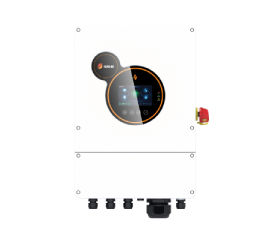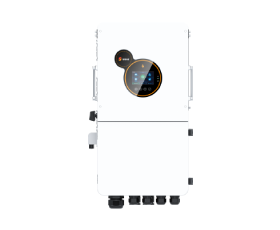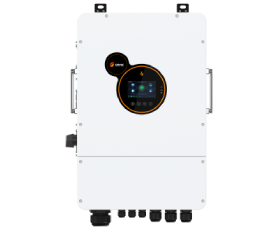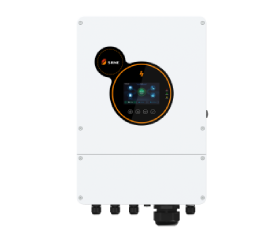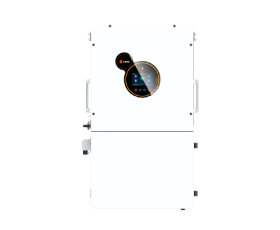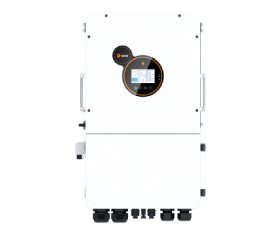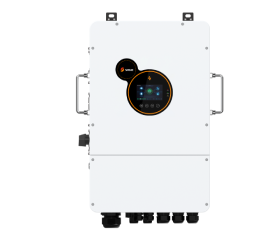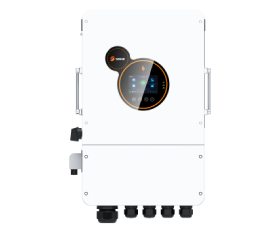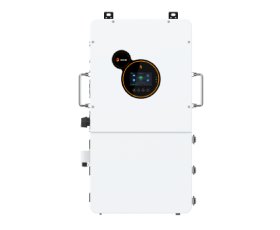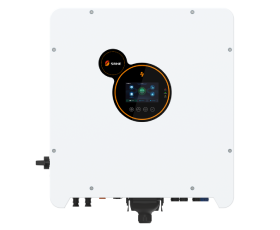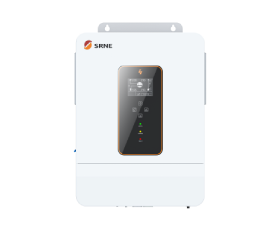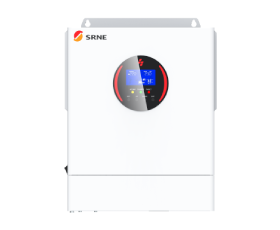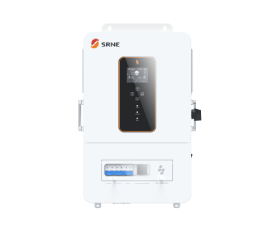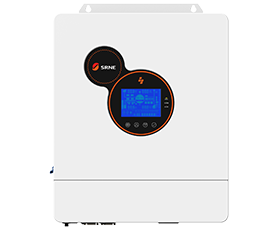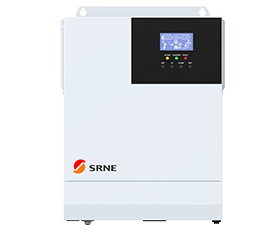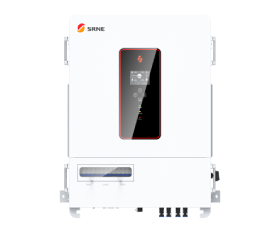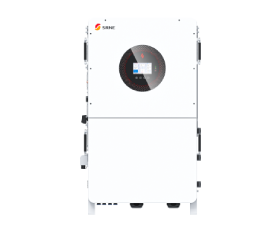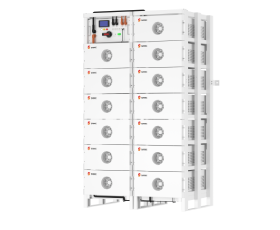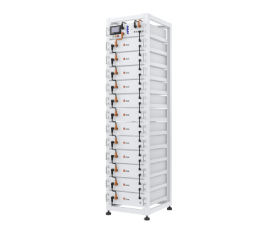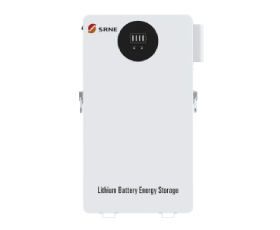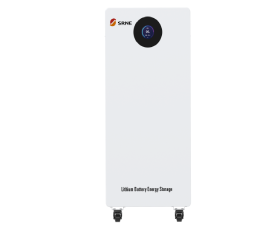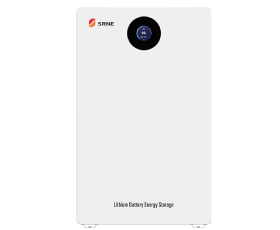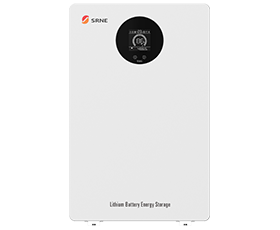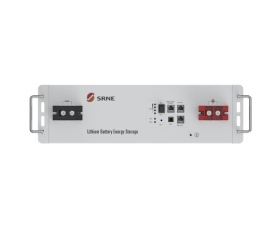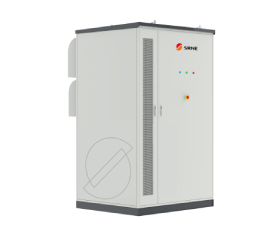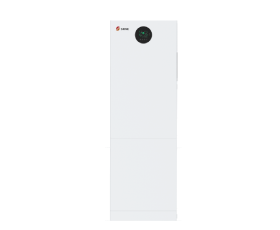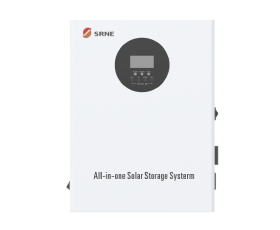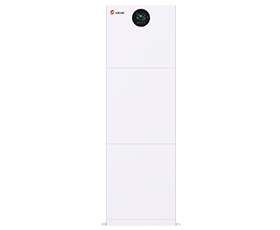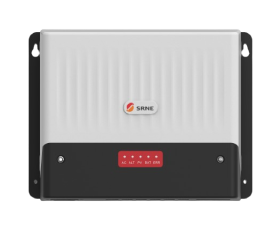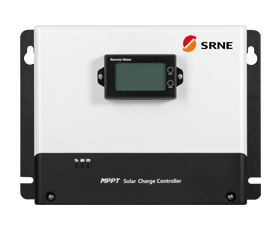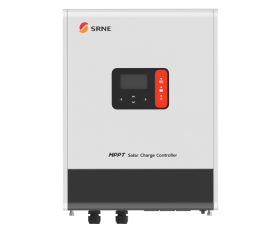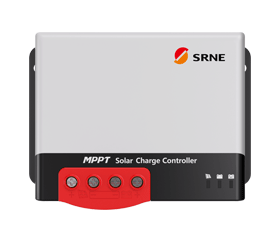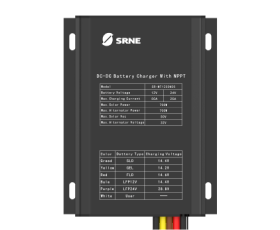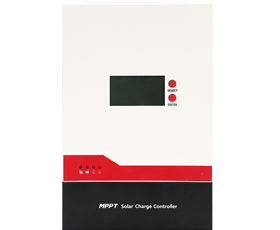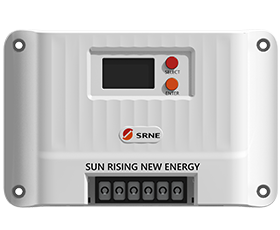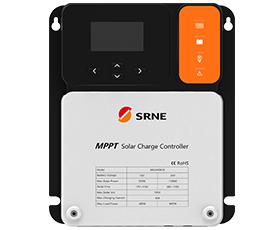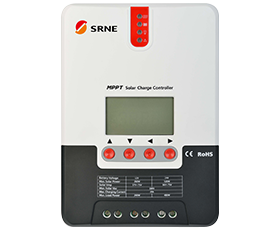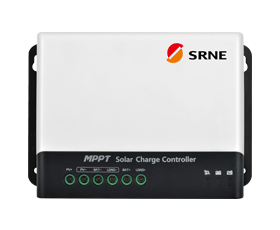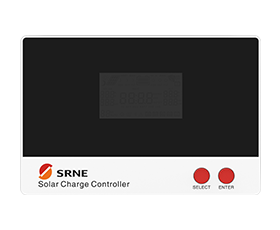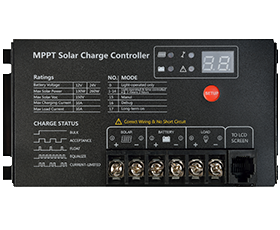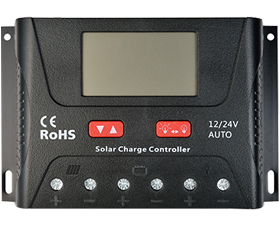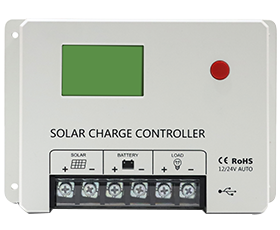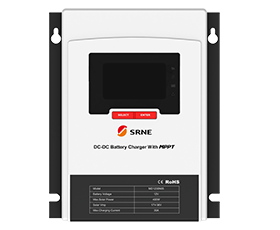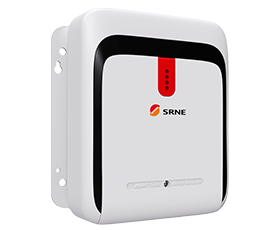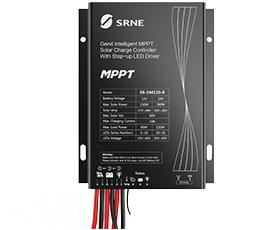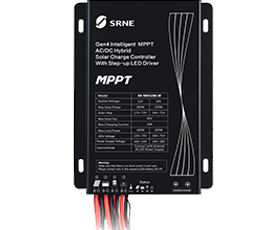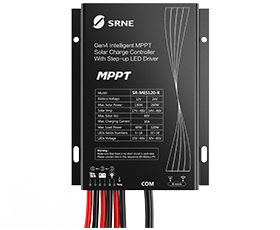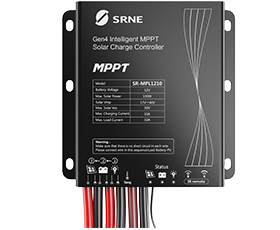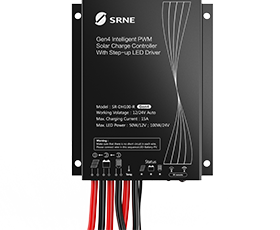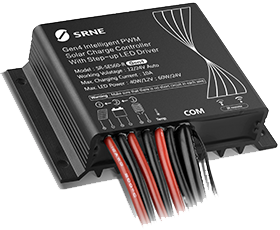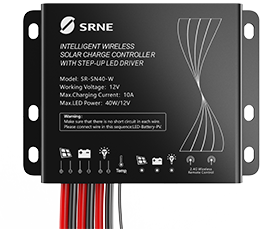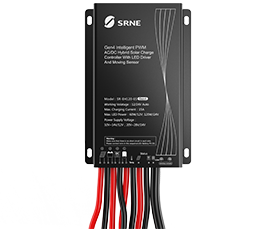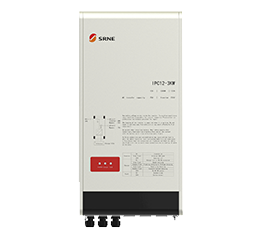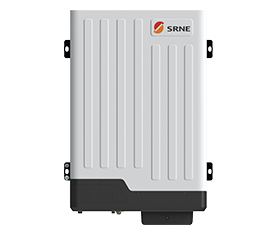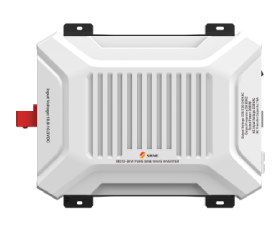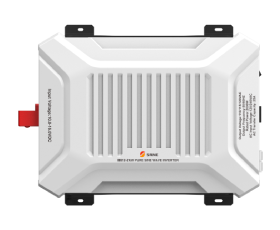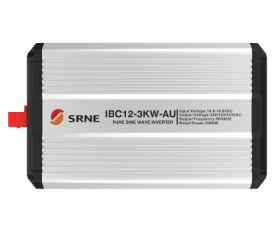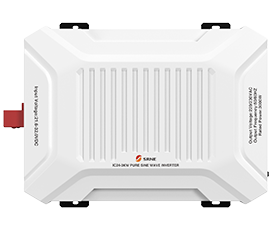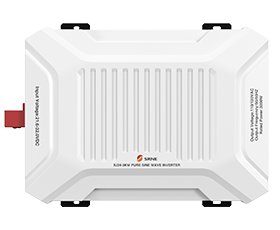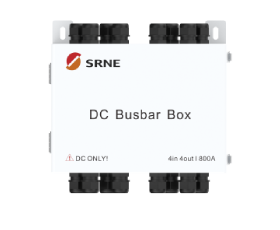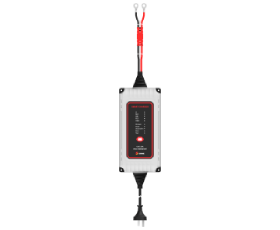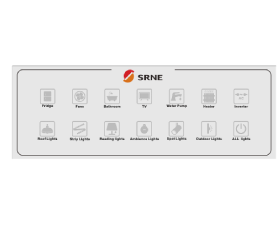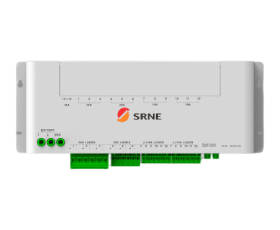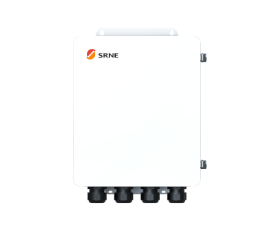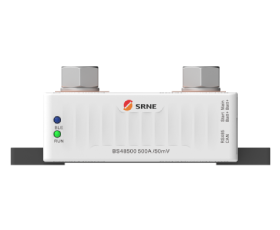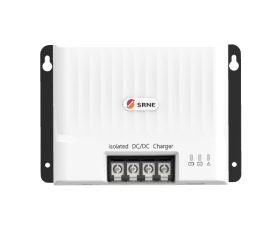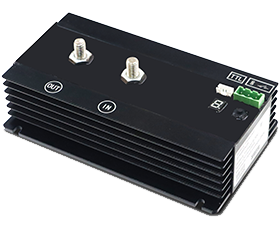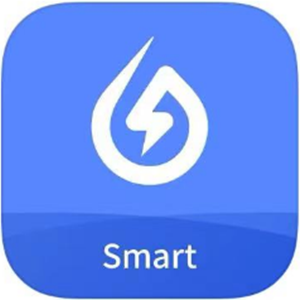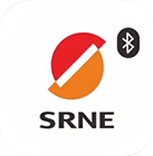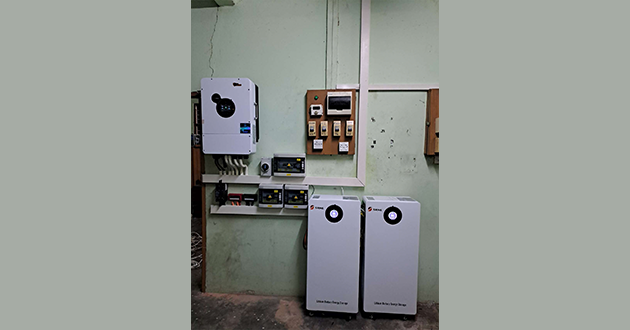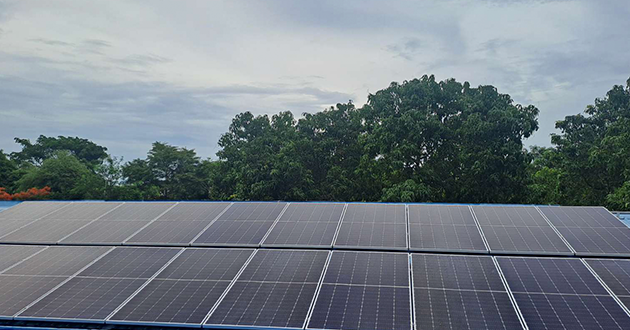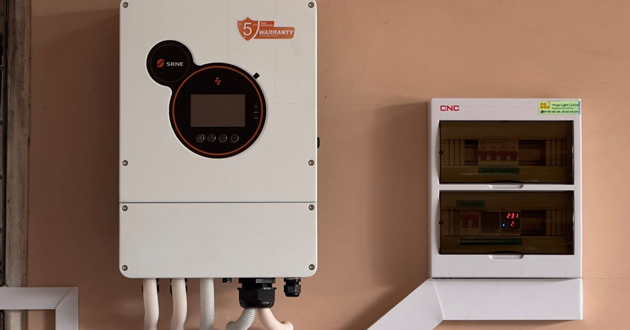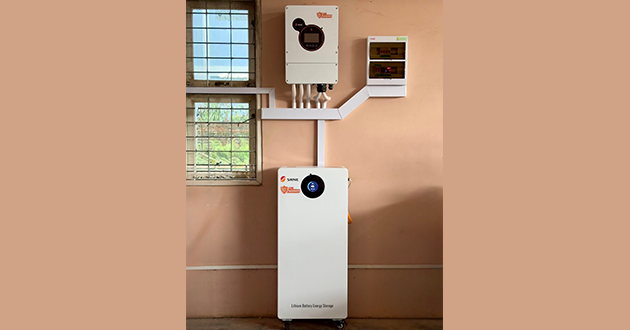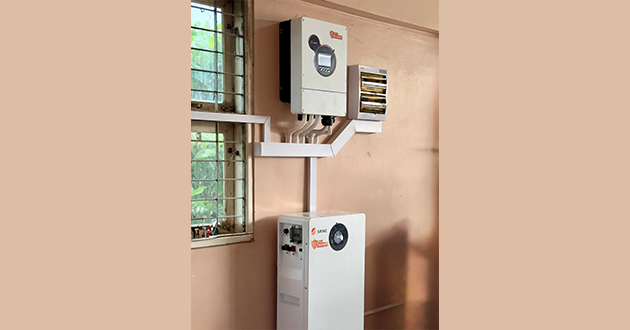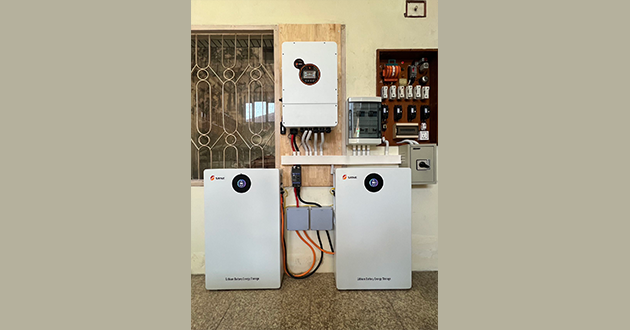What Is The Lifespan of a Hybrid Inverter?
Planning a PV-plus-storage project starts with understanding the heart of the system—the hybrid inverter. Most deliver 10–15 years of service, but real outcomes hinge on product quality, installation workmanship, operating environment, and ongoing maintenance.
In this guide, you’ll get a clear view of hybrid inverter lifespan basics, the four factors that shape durability, how hybrids compare with string inverters and microinverters, and a practical checklist to extend service life. We’ll also cover cost, warranty, and TCO/ROI considerations so you can align technical choices with business results.
Ready to dive deeper? Explore our in-depth hybrid solar inverter guide—lifespan, durability factors, cost, warranty, and ROI
https://www.srnesolar.com/articledetail/hybrid-solar-inverters-pros-types-more.html
Hybrid Inverter Lifespan Basics
A hybrid inverter typically delivers 10–15 years of service, with longevity shaped by four essentials: product quality, installation workmanship, site conditions, and ongoing maintenance. When the hardware is well designed, installed by professionals, and looked after, it tends to sit at the upper end of that range; excessive heat, sloppy installs, or neglect push it down. In broad terms, this hybrid inverter lifespan aligns with a standard string inverter, while microinverters often last longer—around 20–25 years—thanks to their cooler, distributed architecture.
In real-world hybrid solar power inverter ownership, warranties commonly run 5–10 years (with optional extensions), and reaching 12–15 years reliably depends on good thermal management and correct loading. The operating profile for a hybrid inverter matters too: frequent deep cycling, repeated high-power peaks, and hot ambient temperatures accelerate wear on power semiconductors and electrolytic capacitors. To preserve life, use reasonable charge/discharge rates, avoid long stints at maximum output, maintain clear airflow and clean enclosures, and keep firmware and settings optimized.
Four Factors That Influence Hybrid Solar Inverter Lifespan
Hybrid Solar Power Inverter Product Quality
A long-lived hybrid inverter starts with the right parts and engineering. Prioritize high-grade IGBTs/MOSFETs (or SiC) with comfortable junction-temperature margins, 105 °C low-ESR DC-bus capacitors with high ripple ratings, and robust magnetics. Look for published thermal derating curves, substantial heat sinks (fanless designs or intelligently controlled fans), and PCB layouts with proper creepage/clearance plus conformal coating. Strong protection and compliance—AFCI, Type II SPD, and recognized IEC/UL safety and grid-code certifications—paired with mature firmware (OV/UV, OC, OT, insulation, anti-islanding) reduce electrical/thermal stress and extend service life.
Hybrid Inverter Installation Quality
Design and workmanship directly affect how long a hybrid inverter lasts. Size the PV array, battery C-rate, and continuous/peak load so the unit isn’t driven at the edge. Keep DC/AC voltage drop tight (≈ 1.5–2%), use correctly crimped lugs and specified torque, ensure solid bonding/grounding, and place SPDs at both DC and AC entry points. Provide clear airflow and service access. During commissioning, verify polarity and insulation resistance, confirm firmware and grid-code settings, test protection trips, and validate operating modes (export limits, UPS transfer, black start). A written checklist catches issues early—before they shorten lifespan.
Hybrid Inverter Operating Environment
Heat is the primary life limiter for any hybrid solar power inverter—every ~10 °C rise can notably shorten capacitor life. Mount in shade with good ventilation, away from direct sun and hot mechanical rooms, and respect clearances for convection. Account for altitude derating, and match the enclosure to site exposure: IP65/NEMA options for dust, humidity, or salt-mist; stainless hardware and coated fins where corrosion is likely. Manage condensation (drains or anti-condensation heaters as needed), isolate from vibration, and prevent conductive dust/fibers in industrial settings.
Hybrid Solar Inverter Maintenance & Monitoring
Light, regular care preserves a hybrid inverter fleet. Quarterly: visual inspections, alarm review, cleaning of fans/filters/heat sinks, and log downloads. Annually: re-torque terminations, update firmware with a rollback plan, run IR thermography on terminations and heat sinks, and check SPD/ground integrity. Use remote monitoring to trend heat-sink vs. ambient temperatures, track derating hours, fault codes, and efficiency drift—enabling early intervention. Keep common spares (fans, relays) on hand and document replacements. Finally, align EMS settings—SoC windows and charge/discharge limits—with battery-health targets to minimize avoidable thermal and electrical stress on the hybrid inverter.
Hybrid Solar Power Inverter vs. Other Inverter Types
Hybrid inverter vs. string inverter
A hybrid inverter and a string inverter typically sit in the same 10–15-year lifespan band, but they serve different roles. A string unit converts PV to grid power; a hybrid inverter also orchestrates battery charge/discharge, transfer to backup, and time-of-use dispatch. While that adds controllers and sensors, solid thermal design, conservative firmware limits, and proper protection keep reliability on par. In exchange, a hybrid inverter enables higher self-consumption, peak shaving, export control, and seamless backup—all within one platform and one monitoring stack. If storage is likely later, starting with a hybrid inverter avoids re-wiring or swapping hardware.
When a string inverter fits: simple, net-metered PV with no storage plan or where the lowest upfront cost or an existing battery charger standard is the priority.
When a hybrid inverter wins: sites targeting tariff arbitrage, resilience, or future-proofing—especially where space, wiring, or permitting favors an all-in-one approach.
Hybrid Solar inverter vs. microinverters
Microinverters move the power electronics to each module, running cooler at the panel and often carrying 20–25-year warranties. They excel under partial shading and irregular roofs thanks to module-level MPPT. The trade-off is operational: dozens or hundreds of rooftop devices mean distributed service events, harder access, and longer truck rolls for firmware or swaps.
A hybrid inverter centralizes conversion and battery control at ground level, streamlines permitting/inspection, and natively supports EMS functions such as backup transfer, demand limiting, export caps, and genset coordination. For commercial and industrial projects with three-phase loads and storage, the hybrid inverter typically offers cleaner battery integration and simpler O&M. Microinverters remain compelling for module-level optimization and long warranties in residential or heavily shaded arrays; hybrids shine where energy management and resilience drive the ROI.
How to Extend Hybrid Inverter Life (Actionable Checklist)
Choose proven hardware
Select a hybrid inverter with a well-documented thermal path (published derating curves), high-temp/low-ESR DC capacitors (e.g., 105 °C), robust magnetics, and built-in protection such as AFCI and Type II SPD—these design choices curb electrical/thermal stress from day one.
Install professionally
Have certified crews right-size PV strings, battery C-rate, and continuous/peak loads so the hybrid inverter isn’t run at its limits; confirm cable gauge and torque, grounding, and surge protection, and complete a written commissioning (polarity/IR tests, grid-code settings, protection trips).
Manage heat
Mount the hybrid inverter in shaded, ventilated locations with clear airflow; avoid hot mechanical rooms and direct sun, keep service clearances, and account for altitude/ambient temperature when applying derating.
Tune firmware & limits
Keep firmware current and use conservative setpoints: cap C-rate and overload duration, schedule charge/discharge for cooler periods, and avoid unnecessary islanding under heavy load to minimize thermal accumulation.
Plan routine service
Annually re-torque terminations, clean dust/filters/fans, review alarm logs, and spot-check with IR where practical; document each action so hybrid inverter condition trends are visible over time.
Monitor proactively
Enable alerts and track a few KPIs—heat-sink-to-ambient delta, derating hours, recurring fault codes—so small issues trigger early intervention; use the EMS/portal for fleet-level visibility and staged OTA updates.
Hybrid Inverter Cost, Warranty & ROI Considerations
Look at TCO, not the headline price
Pricing only the box hides real costs. When assessing a hybrid solar inverter, build a full Total Cost of Ownership (TCO) view that captures:
CapEx — inverter, switchgear/BOS, comms & monitoring, installation/commissioning, EMS integration, and design/interconnection permitting.
OpEx — annual inspections, consumables (fans/filters/SPDs), security/firmware updates, cloud/telemetry retention, spares, and inventory carrying.
Efficiency & derating drag — a 0.3–0.5% efficiency gap compounds over 20–25 years; thermal or altitude derating stretches payback.
Downtime exposure — production losses, after-hours callouts, and coordinating outage windows at substations or main switchboards.
Integration dividends — a hybrid inverter that natively manages battery control and grid/off-grid transfer can trim BOS, cabling, and future maintenance touchpoints versus separate PCS/chargers.
Align warranty and replacement with your business case
Treat the hybrid inverter warranty as a cash-flow lever, not merely a badge.
Baseline & extensions — most suppliers include 5–10 years standard with options to 10–15 years; when pricing extensions, include the year-10–12 replacement probability, labor/lifts, two-way freight, and outage costs.
Coverage scope — confirm whether wear items (fans, SPDs, fuses) are covered; check for advance replacement, on-site labor, remote diagnostics, and firmware/grid-code updates.
Service level — response SLAs, spare-part lead times, stocking locations; support for predictive-maintenance data (thermal trends, derating hours, fault codes).
Replace vs. extend — if the extension premium approaches the all-in cost of a planned year-10–12 swap, many teams choose a shorter warranty plus a scheduled mid-life replacement for stronger economics.
Read more
https://www.srnesolar.com/articledetail/best-hybrid-inverter-for-vaccine-refrigerator.html
https://www.srnesolar.com/articledetail/hybrid-inverter-keeping-medical-equipment-running.html
Conclusion
A long-lived hybrid inverter isn’t luck—it’s the payoff from quality components, professional installation, smart thermal management, and proactive monitoring. Use conservative settings, maintain airflow, and follow a simple service routine to push toward the 12–15-year upper range. Plan warranties and mid-life replacement with a TCO lens, not just sticker price. Do that, and your PV-plus-storage system will stay reliable, resilient, and financially sound over the project’s full horizon.




















